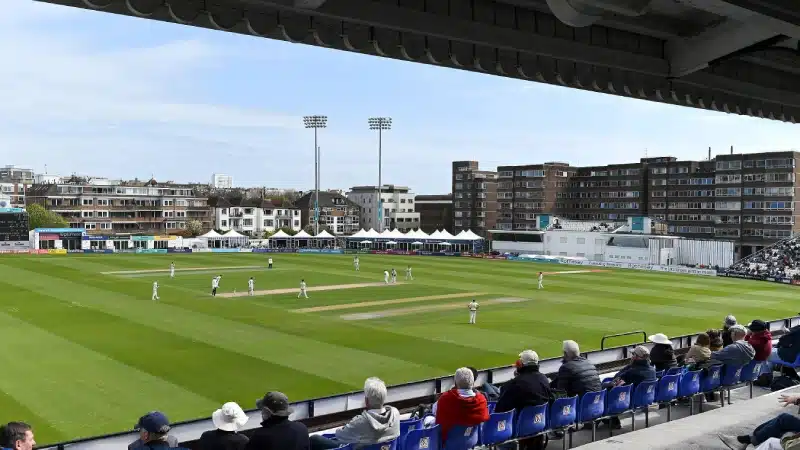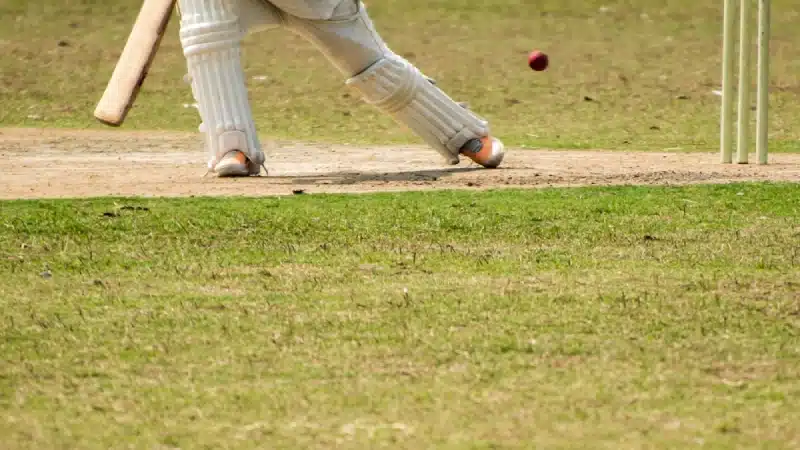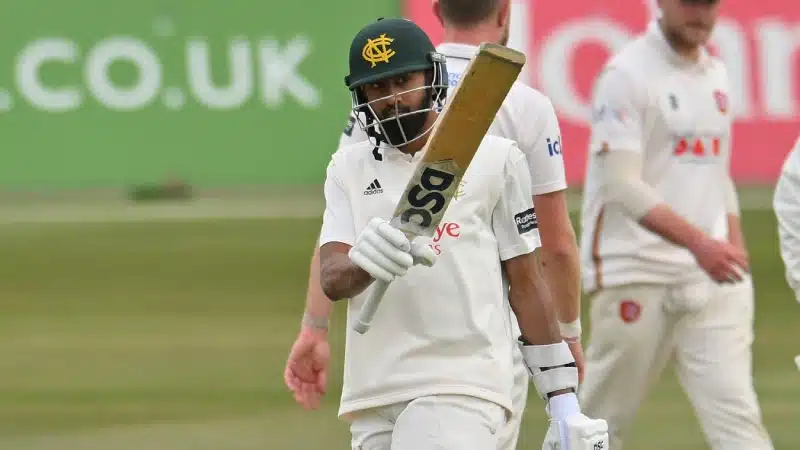
The very first One Day International (ODI) cricket match was played on January 5, 1971, between England and Australia at the Melbourne Cricket Ground amidst the 1970-71 Ashes series.
It happened during the occasion of the third Test, which was called off after incessant rainfall had washed out the first three days of the match with the Australian cricket board taking a hefty financial blow as a result.
It was then that both teams decided to settle for a one-day match, similar to the domestic Gillette Cup played in England since 1963, on what would have been the fifth day.
This after frantic discussions between the two sides, which also involved Sir Donald Bradman, in efforts to recover some of the money that was lost due to the washout. A recommendation to play a replacement Test at the end of the series was dismissed as England eventually settled for the one-dayer.
“We’d spent so long in the dressing room that we were just grateful for a game,” England cricket team captain at the time, Ray Illingworth said several years later.
So, when conditions improved on the fourth day, plans were afoot for the first ODI match. The local newspapers headlined it as the Little Test while television coverage labelled it as the International Knock Out Match.
Billed as MCC vs Australia -- since it wasn’t considered to be an official match -- and sponsored by Tobacco company Rothmans in the last-minute, the game got underway at the MCG.
Format and playing XI of the first ODI match
The two teams had agreed to play a 40-over match with each over comprising eight balls.
To ensure a result, it was agreed that the side that scored the most runs would win irrespective of whether the chasing team got all-out or not.
A bowler was also restricted to bowl one-fifth of the total number of overs per side, which amounted to a maximum of eight overs per bowler.
The Australia vs England clash was held on a weekday and a modest crowd of 20,000 was expected for what was going to be the first ODI match. However, over 46,000 people turned up -- 4,000 more than that in all five days of the first Test in Brisbane.
England playing XI: Sir Geoff Boycott, John Edrich, Keith Fletcher, Basil D'Oliveira, John Hampshire, Colin Cowdrey, Ray Illingworth (captain), Alan Knott (wicket-keeper), John Snow, Ken Shuttleworth, Peter Lever
Australia playing XI: Bill Lawry (captain), Keith Stackpole, Ian Chappell, Doug Walters, Ian Redpath, Greg Chappell, Rod Marsh (wicket-keeper), Ashley Mallett, Graham McKenzie, Alan Connolly, Alan Thomson
The first ODI fifty and the first six
Winning the toss, the Australian cricket team, led by captain Bill Lawry, opted to field first
The heavy rains had slowed down the outfield and the England cricket team could manage to hit only seven boundaries during its innings as a result. John Edrich had hit four of them on his way to being the top scorer of the first ODI match with 82 (119 balls). He, thus, scored the first-ever fifty in ODIs.
And to think, John Edrich wasn’t even slated to play the match. He was drafted in after opener Brian Luckhurst was ruled out of the game due to an injured thumb.
Fast bowler Alan Thomson picked up the first-ever wicket in ODIs when he had Sir Geoffrey Boycott mistime a pull and had him caught by a diving Bill Lawry at mid-wicket.
The second-wicket partnership between John Edrich and Keith Fletcher fetched 66 runs, thus registering the first fifty-run partnership in ODIs.
However, from 87/1, England slumped to 190 all-out in 39.4 overs despite three dropped catches. Australian spinner Ashley Mallett, who considered the exhibition match as a ‘bit of a joke’, picked up 3/34. Occasional off-spinner Keith Stackpole, meanwhile, took 3/40, much to the chagrin of England pacer Peter Lever.
“We played badly," Peter Lever admitted years later. “(Keith Stackpole) took three wickets and he can't bowl… You could play him with a stick of rhubarb in your hand, he’s no problem. But he got three wickets!”
In reply, Australia were 51/2 at one stage and it looked like the game could go either way. However, Ian Chappell and Doug Walters stitched a brisk 66-run partnership to put the hosts in control.
While England could manage only seven boundaries in all, Ian Chappell alone hit five fours and ODI’s first-ever six -- a whack over long-on after stepping out to Ray Illingworth. Doug Walters, meanwhile, slammed six boundaries in his 51-ball 41 to take the game away. Amidst the flurry, England’s Basil D'Oliveira conceded 21 runs in an over.
With Greg Chappell and wicket-keeper Rod Marsh at the crease, Australia chased down the target with 42 balls (5.2 overs) and five wickets to spare.
“It was no big deal,” recalled Rod Marsh. “It was an exhibition game. There was no sense of history-making.”
England captain Ray Illingworth was their best bowler as he returned with figures of 3/50, while quicks Ken Shuttleworth and Basil D’Oliveira scalped the remaining two wickets.
John Edrich was declared ODI’s first Man of the Match. He earned GBP 90 for his efforts.
Don Bradman, meanwhile, declared that history had been made. And rightly so.
Four years later, the first World Cup for ODI cricket was held, stamping something that started as an exhibition match to a format that had pumped new life into the sport.
Feature Image Courtesy: AFP/ William West




















